Our Technology
Our process involves the design and fabrication of polymers using a molecular imprinting technique (MIP) that leaves cavities in the polymer matrix with an affinity for a chosen “template” molecule. Our research team has tested this new approach for a series of compounds, including rhenium, yttrium, scandium, pesticides and other compounds in the defence area.
Our technology is based on the design and production of natural and synthetic polymeric materials that are highly selective and present a high chemical and physical affinity for the compound of interest. The research developed in this area at the University of Lincoln in the last decade will allow us to explore and analyse a wide range of problems to offer practical solutions to specific problems.
Our technology differs from other approaches as it targets low-grade compounds or materials with an apparent lower content or concentration. We fill a gap in the extraction technology sector by complementing other well-known methods, such as hydrometallurgy or ionic extraction. Our methods offer the advantage of avoiding the need to preconcentrate and can operate at a wide range of pHs.
We are also always striving to use biodegradable materials when we extract compounds for our clients. At ESE, we aim to work with biopolymers and biodegradable materials when possible. Key advantages of this include the fact that the materials are generally cheaper to obtain, are easily disposable when exhausted and can easily be integrated within a company’s circular economy strategy.
However, this may not always be possible, due to the aggressive nature of the waste. For example, it could have very high or low pH levels, or the compounds/elements of interest are highly energetic and degrade quickly (examples could include radioactive or radical substances). For these cases, we will work tirelessly to produce resilient materials under the best economical and environmental conditions.
Find out more about how our polymer technology works by viewing how we approach our client’s problems here.
